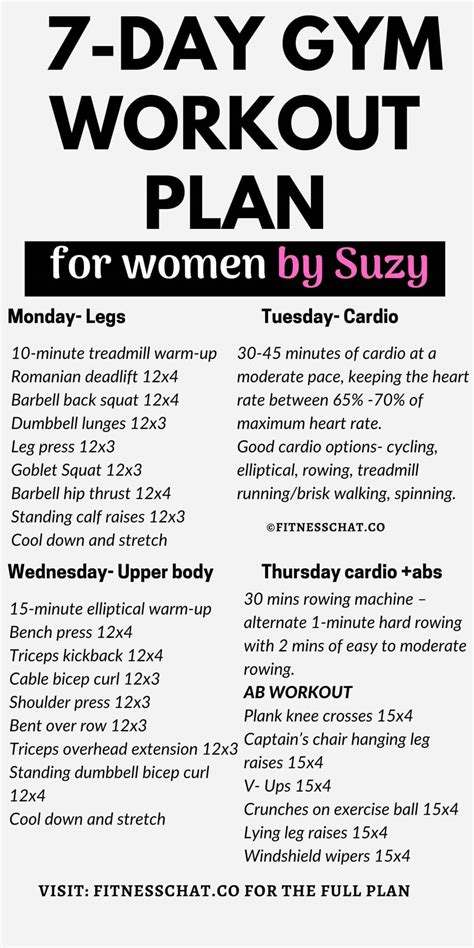Early Years: Building the Foundation (Adolescence to Early 20s)
During adolescence and into early adulthood (typically up to age 25-30), men experience significant gains in both bone density and muscle mass. Puberty, driven by hormones like testosterone and growth hormone, fuels a rapid increase in skeletal size and mineral content, leading to peak bone mass. Simultaneously, muscle fibers hypertrophy, and muscle strength surges. This period is crucial for establishing a robust physiological foundation, influenced heavily by nutrition, physical activity, and genetics. Adequate calcium, vitamin D, and protein intake, coupled with weight-bearing exercise, are vital for maximizing these gains.

Peak Performance: Maintenance and Gradual Decline (Late 20s to 40s)
After reaching peak bone mass and muscle mass, men typically experience a plateau that can last through their late 20s and 30s. Bone density generally remains stable during this period, provided there isn’t a significant medical issue or lifestyle change. Muscle mass, too, can be maintained or even slightly increased with consistent strength training. However, a very gradual, almost imperceptible decline often begins in the late 30s to early 40s. This phase marks the start of sarcopenia (age-related muscle loss) and osteopenia (reduced bone mass), though for most, the effects are minimal if an active lifestyle is maintained.
Midlife Shift: Accelerated Changes (40s to 60s)
As men enter their 40s, 50s, and 60s, the rate of change in bone density and muscle mass often accelerates. Testosterone levels, which peak in early adulthood, begin a slow but steady decline, impacting both muscle protein synthesis and bone remodeling. Men typically lose 3-5% of their muscle mass per decade after age 30, and this can become more pronounced in midlife. Bone density also starts to decline more noticeably, increasing the risk of osteopenia and, eventually, osteoporosis. Factors like decreased physical activity, poor diet, and chronic health conditions can exacerbate these changes.

Later Life: Managing Decline (60s and Beyond)
In the later stages of life, men face a more significant challenge in maintaining bone density and muscle mass. Sarcopenia becomes more prevalent, leading to reduced strength, mobility, and an increased risk of falls. Bone loss also continues, making fractures a greater concern. Hormonal changes, including further drops in testosterone and growth hormone, coupled with potential nutritional deficiencies and chronic diseases, all contribute to these declines. Despite this, it’s never too late to intervene.

Strategies for Lifelong Health
While changes in bone density and muscle mass are a natural part of aging, their trajectory can be significantly influenced by lifestyle choices. Throughout a man’s lifespan, key strategies include:
- Resistance Training: Regular strength training is paramount for building and preserving muscle mass and stimulating bone growth.
- Weight-Bearing Exercise: Activities like walking, jogging, and hiking are excellent for bone health.
- Nutrition: Adequate intake of protein, calcium, vitamin D, magnesium, and other essential nutrients supports both muscle and bone health.
- Hormonal Balance: Consulting a doctor about declining hormone levels, especially if symptoms are present, can be beneficial.
- Avoiding Smoking and Excessive Alcohol: Both can negatively impact bone density and muscle health.

Understanding these typical changes empowers men to make proactive choices that can mitigate decline and promote stronger bones and muscles for a more active and independent life, regardless of age.





